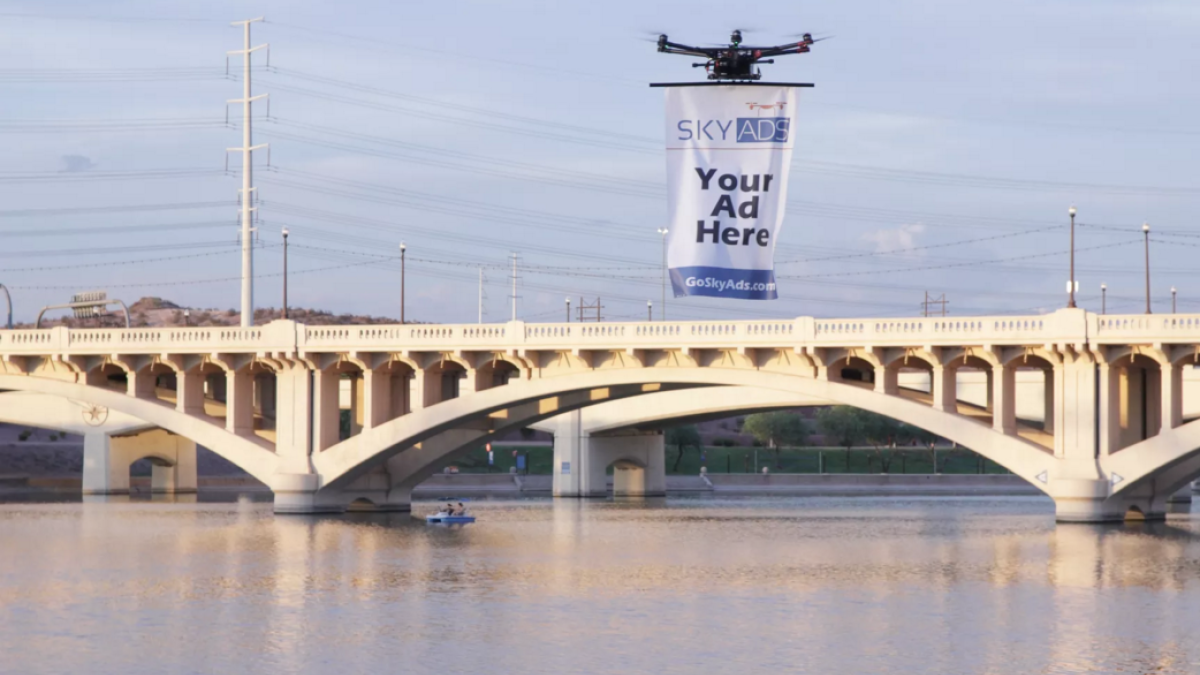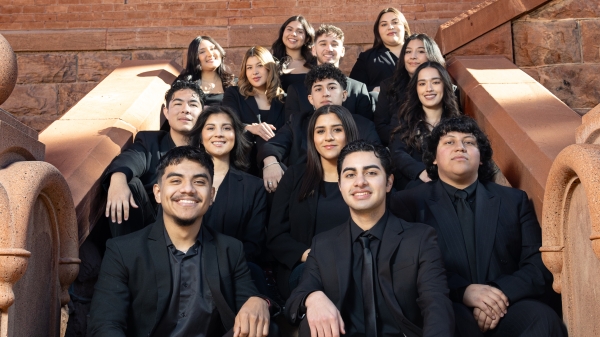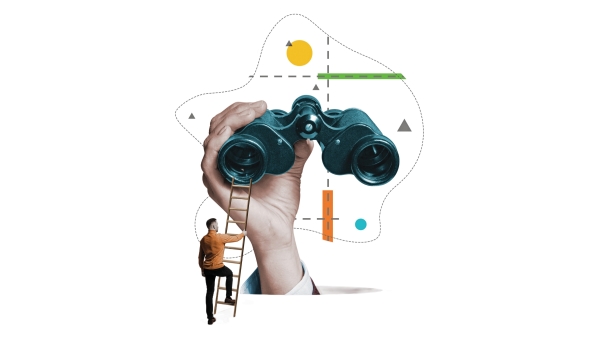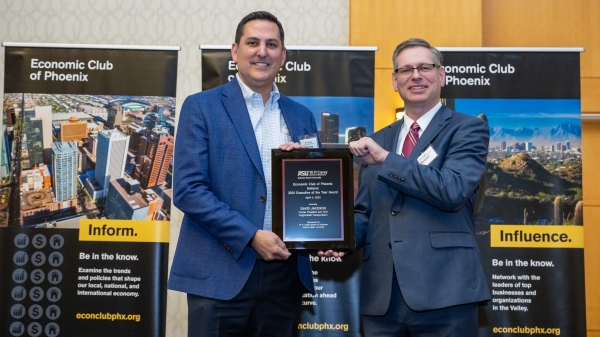Tapping the creativity of student entrepreneurs
ASU eSeed Challenge aims to develop early-stage ventures; 15 finalist teams compete this week

The Veg-O-Matic. The Pocket Fisherman. The Roomba. None exactly an iPhone, but everyone knows what they are and some people swear by them.
Seizing that everyone’s-gonna-want-one moment and running with it is an Arizona State University hallmark. After all, it’s a university that has spun off 12 new start-ups, 63 patents, and 270 invention disclosures in just this fiscal year alone.
And the university expects the same of its students. A twice-yearly entrepreneurial contest at Arizona State University aims at uncovering the next great invention or idea.
Thursday, as part of the second phase, 15 student teams will pitch their ideas to a panel of judges, competing for 10 slots where each will be awarded $5,000 to gain traction in their target markets.
The Ira A. Fulton Schools of Engineering’s eSeed Challenge is part of ASU’s Innovation Challenge program, a series of competitions among the university’s colleges and schools.
Competition is open to all ASU students who aim to prove or disprove that there is valid demand for a prototyped product or service beyond an initial beneficiary or customer. Organized by the Fulton Schools Startup Center, this competition aims to strategically develop early-stage student ventures that may be well suited to compete in and win other competitions.
Three of the initial 30 pitches were solar arrays attractive enough that people would actually want them on their homes, a shower mat that can detect bathroom falls and call for help, and drone-vertising.
Eye-pleasing solar
In the competition to make any building insta-ugly, solar panels win hands-down. Architects flatly state they don’t want to design them onto their buildings.
BISTEG — for Building Integrated Solar Thermal Electric Generation — combines art, design, technology and sustainability by aiming to sell attractive solar arrays that can be incorporated into building facades.
“The aesthetic concerns are something that give us a competitive advantage,” said Kaitlin Vortherms, co-founder and team lead, earning a doctorate in sustainable engineering. “We are excited about the project, because no one else is doing it.”
BISTEG has created glass bricks that use a combination of different materials to generate electricity from temperature swings. The bricks can be arranged in different designs to complement architecture.
The team was partly inspired by wandering around campus under ASU’s many solar installations. “It had a lot to do with the opportunity around us,” said team member Lauren McBurnett, who is earning a doctorate in environmental engineering.
Although BISTEG didn’t make the cut to pitch in the eSeed Challenge this week, don’t cry for them. Clean-tech people, utility Arizona Public Service and some angel investors have all shown an interest. The group also won a $15,000 grant from the U.S. Environmental Protection Agency last year.
“We are working with (investors) to develop prototypes as we move forward,” Vortherms said.
Help for those who’ve fallen
SlipSensed is a fall-detection shower mat that can send out a distress signal to emergency personnel or family members alerting them that a fall has occurred.
“Everyone has had someone who has fallen, particularly their grandparents,” said co-founder Drew Beauchamp, earning a degree in biomedical engineering. “We came up with the idea and just ran with it.”
Sensors determine weight distribution across the mat when someone falls. A microcomputer analyzes data, and then calls a cellphone or sends an alarm. Users can program the mat to call anyone they want.
“We plan to make it very user-friendly,” Beauchamp said. “Ideally you’d want it to call emergency services, like Life Alert does.”
Beauchamp and co-founders Jordan Kariniemi and Mikayle Holm, also studying biomedical engineering, built a prototype as proof of concept that the code and mat will work. The refined product will be waterproof and battery-powered.
“Right now the one we have doesn’t look pretty,” Beauchamp said. “It’s not market-ready.”
The best place to put the mat will be in the shower or tub floor.
“The (Centers for Disease Control and Prevention) has done a lot of research on this,” Beauchamp said. “The majority of falls occur in the bathroom and in the shower. … In the kitchen you’re not guaranteed to fall on the mat, so we’d recommend using it in the shower.”
Drone-vertising
Remember the old biplanes towing Coppertone ad banners above beaches? Drone-vertising is the next generation of that idea. SkyAds will get your message above eyeballs via drones dangling banners (pictured at the top of this story).
Drone-vertising offers advantages over older versions of advertising because it’s low-cost, mobile and attention-grabbing.
“We plan on doing it at concerts, entertainment venues, any place where there is a lot of people and a safe place to fly,” said co-founder and team lead Brandon Keeber, earning a degree in aerospace engineering. “Basically anyone who wants to advertise with us, we have a really mobile, flexible platform.”
Keeber and his teammates saw a potential market.
“We saw the photography and filming drone market is pretty saturated,” he said. “We needed to think of something else. This is one that was pretty easy to enter into for low cost.”
They have gotten insured and earned an FAA exemption, and also some attention from potential customers.
“Currently people are fascinated with drones,” Keeber said. “Whether they feel positively or negatively about drones, it’s definitely more attention. It’s a spectacle.”
The 15 finalist teams will make their pitches Thursday at the ASU Memorial Union in Tempe. Find out more about the eSeed Challenge, including future competitions, at engineering.asu.edu/startup-center/eseed-challenge.
More Business and entrepreneurship

Hispanic Business Students Association marks half a century of impact, growth
When Michelle Macias, a native of Yuma, Arizona, became a business entrepreneurship and management student at Arizona State University in 2020, she was three hours away from home and stuck in her…

5 easy ways to improve your focus
Editor's note: This story originally appeared in the summer 2024 issue of ASU Thrive magazine. Do goldfish really have a longer attention span than the average person? No, thankfully, data busted…

Honoring homegrown leadership
When Phoenix native David Jackson was a finance student at Arizona State University’s West Valley campus, he gave separate presentations on two of the country’s largest trucking companies. Little did…